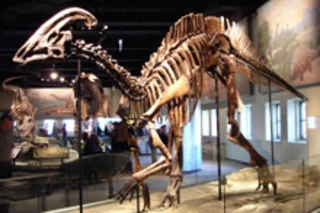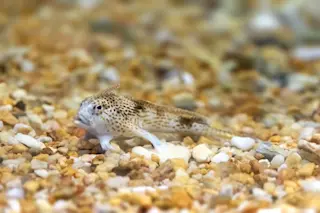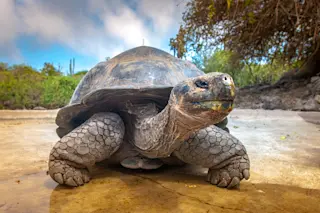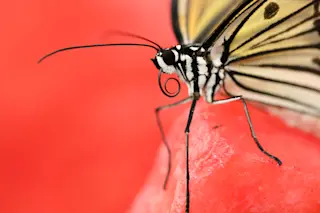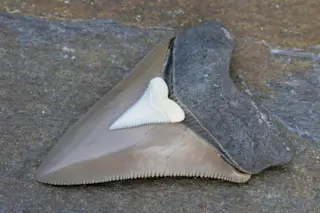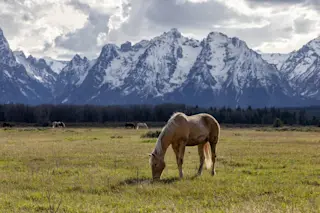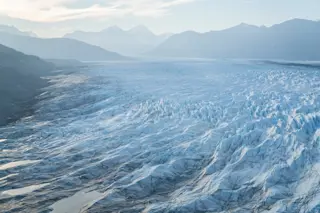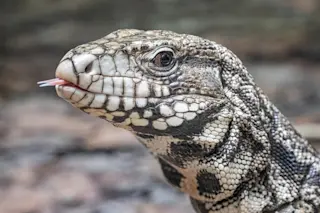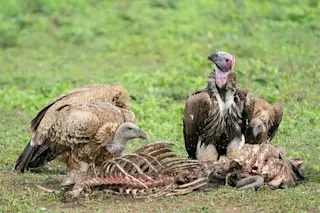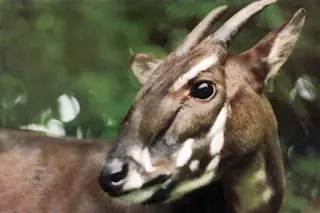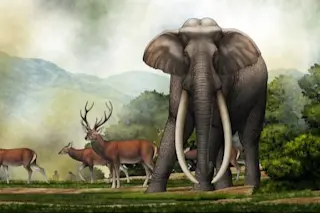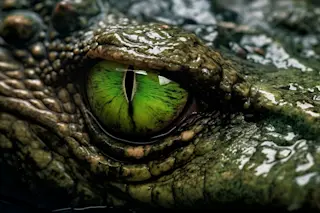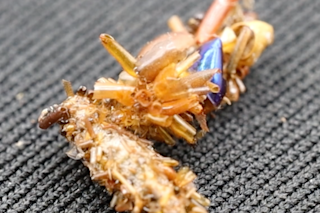Scientists say they have found fossils near the Colorado-New Mexico border that prove some dinosaurs survived the mass extinction that most researchers believe was caused by a meteor impact 65 million years ago. James Fassett, a scientist with the U.S. Geological Survey, says he has found evidence that a sizable population of ceratopsians and sauropods, a class of giant, dim-witted leaf-eaters such as the brachiosaurus, hung on for another 500,000 years in the [San Juan] basin. "There might even have been some T. rexes, based on some teeth we found" [Los Angeles Times], he said.
The bones of hadrosaurs, tyrannosaurs, anklyosaurs, and several other species were found together in a sandstone formation that dates to the Paleocene epoch—the time period after the so-called Cretaceous-Tertiary (K-T) extinction event, which is thought to have killed off the dinosaurs
[National Geographic News]. To prove that the bones he found were indeed older than ...


